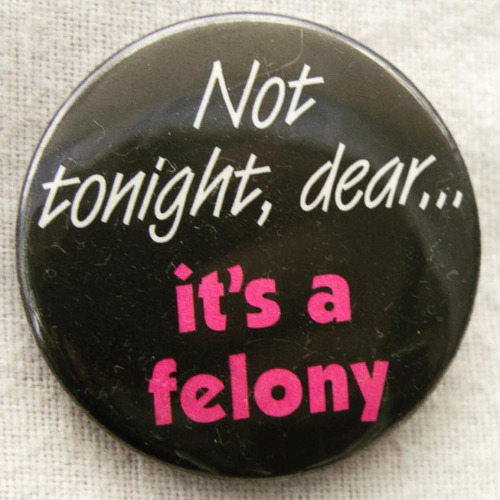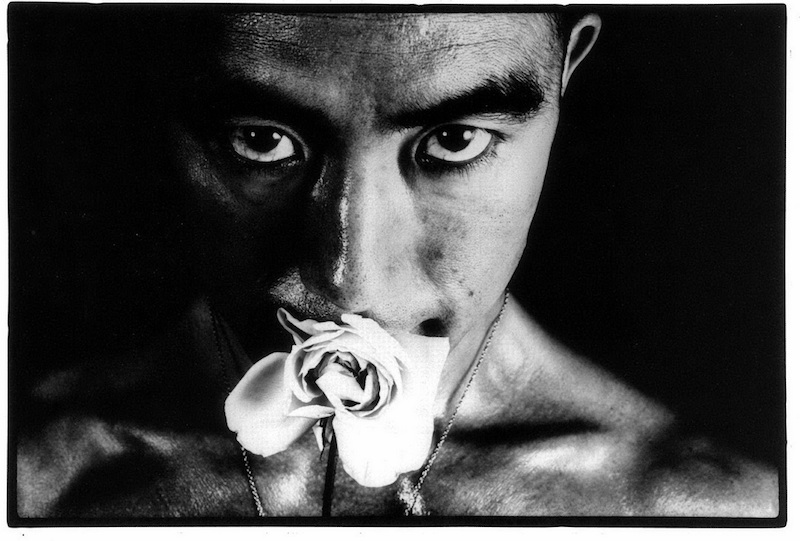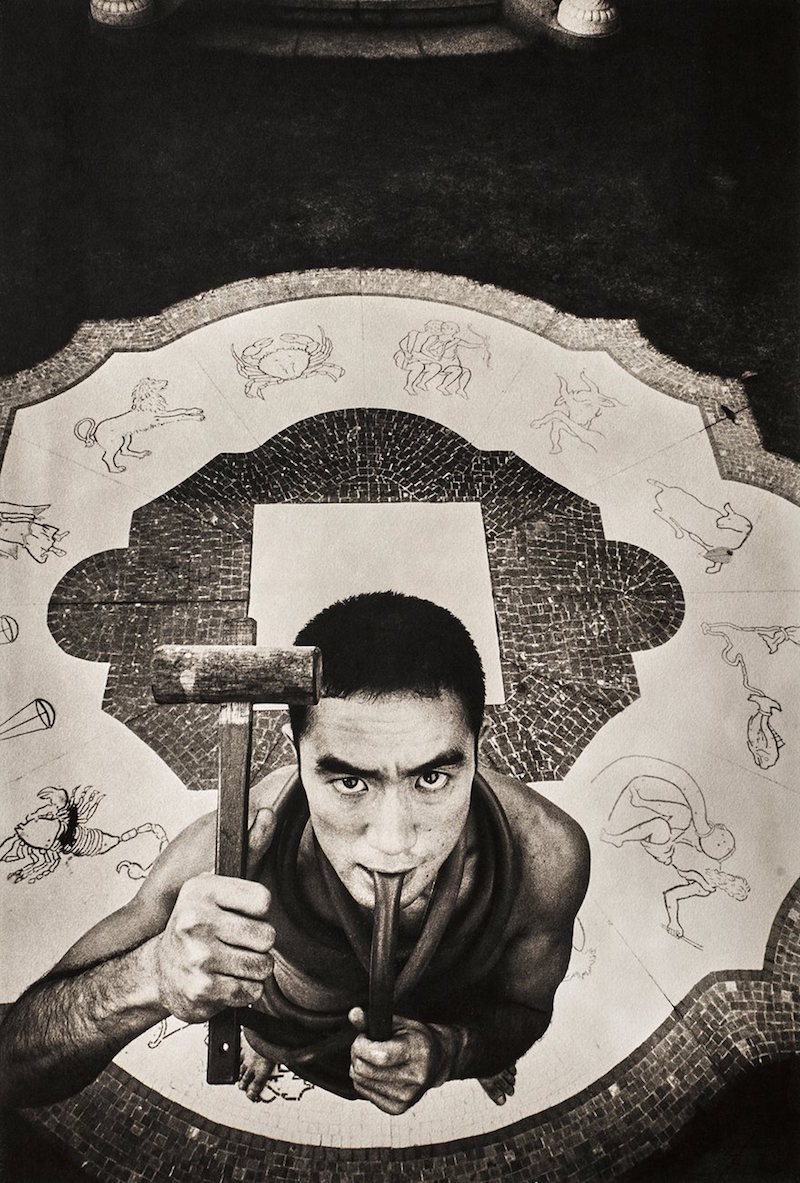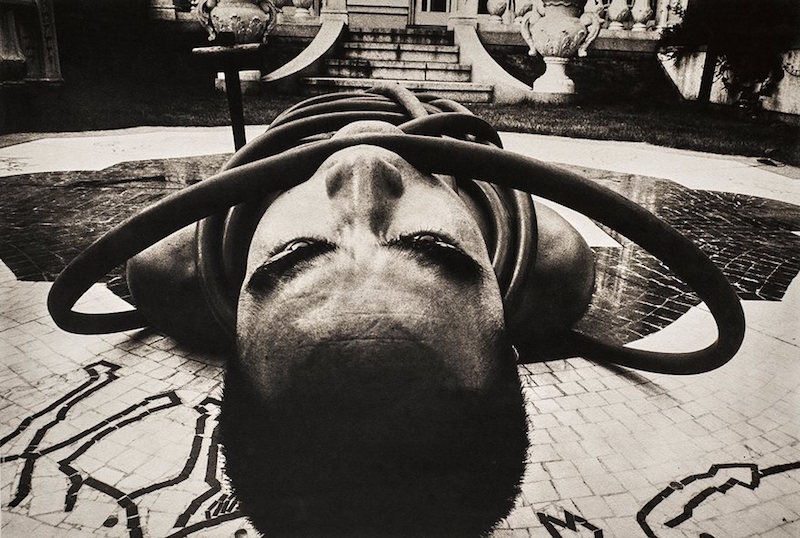
Francis Renault, famous female impersonator from ‘The Pansy Craze.’
Some of the most popular stage shows in New York and San Francisco in the 1920s and early 1930s routinely featured a wide variety of talented representatives from the gay community. In addition to live vaudeville house performances there were also a large number of extravagant soirees that featured drag costume competitions and attendees, regardless of their sexual orientation, would often arrive decked out in gender-bending fashions. It also wasn’t unusual for these kind of affairs to be covered by mainstream newspapers and wasn’t particularly considered to be an unacceptable practice. As a matter of fact, one of the era’s biggest stars, the great Mae West was an avid supporter of homosexual actors and in addition to penning the controversial play The Drag (which attempted to define the role of a homosexual man in society) she actively often provided roles to them in her productions. West’s shrewd timing of The Drag also played upon a popular movement that was a part of this wonderful time in New York and San Francisco known as “The Pansy Craze.”
Men who enjoyed bringing their inner drag queen to life during The Pansy Craze were called “Pansies” (as well as “fairies”). The Pansy Craze was HUGE and shows featuring female impersonators were attended by thousands of people who packed into bohemian clubs in Greenwich Village and drank like sailors despite the fact that prohibition was then in full effect. One of the city’s highest paid performers during the 1920s was Gene Malin who also went by the name “Jean Malin.” Malin also put out a couple of albums and had a bit of a hit with his tongue-in-cheek tune “I’d Rather be Spanish than Manish.” He was a champion of the gay community as well as one of its most celebrated members. Sadly, Malin was killed in a freak car accident after errantly putting his car into reverse sending it plunging into the water off a pier in Venice, California at the age of 25.
Another star of the Pansy Craze was “Rae Bourbon.” Born Hal Bardell, Bourbon was once a part of the boozy-sounding drag stand-up duo “Scotch and Bourbon.” Rae spent a lot of time in the slammer on charges of “lewdness” and “impersonating a woman” during his career and would often write to Vanity Fair magazine asking the publication to send him money in order to make bail. Toward the tail end of the Pansy Craze, Bourbon stepped away from the stage and did modeling work for Weill’s, a department store in Bakersfield, California. In the ad for Bourbon’s appearance he was billed as “Mr. Rae Bourbon” a “popular actor and female impersonator.” Apparently in the 1920s nobody thought it was that weird or that controversial to have a man modeling women’s clothing in the window of a department store on a Saturday. (And that’s because it really isn’t.) Bourbon also produced a number of racy albums before ending up in prison after being convicted of being an accomplice to murder after falling on hard times in the 1960s.
Though I could probably break this post into a series as there as quite a few notable historical “pansies” I’d like to jaw about, I’ll leave you with a few interesting tidbits on Francis Renault, a female impersonator who had a penchant for pricey clothing and jewellery. Born Antonio Auriemma (or perhaps Auriema) in Naples, Italy in 1893 his family moved to the future gay-friendly east coast destination of Providence, Rhode Island when he was young. Renault would perform in 43 different countries as “Francis Renault” and his drag image of Francis even appeared on the cover for the 1913 sheet music to Irving Berlin’s At the Devil’s Ball. As I mentioned, Renault was a huge connoisseur of designer duds and in a magazine ad for a show featuring a performance by him it was said that he would be wearing $5000 dollars worth of costumes straight from the couture houses of Paris. It’s probably important to note that this kind of figure was astronomical for the time and this kind of stocked closet would be worth somewhere in the range of $65K in modern times. Zowie. I’ve included numerous photos of the famous pansies I’ve featured in this post as well as some of their recordings for you to check out below.


Rae Bourbon (far right) and Mae West (center).

Rae Bourbon.
More after the jump…
























